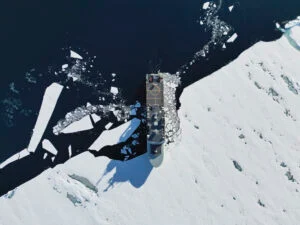
People & Culture
On thin ice: Who “owns” the Arctic?
As the climate heats up, so do talks over land ownership in the Arctic. What does Canadian Arctic Sovereignty look like as the ice melts?
- 4353 words
- 18 minutes
History
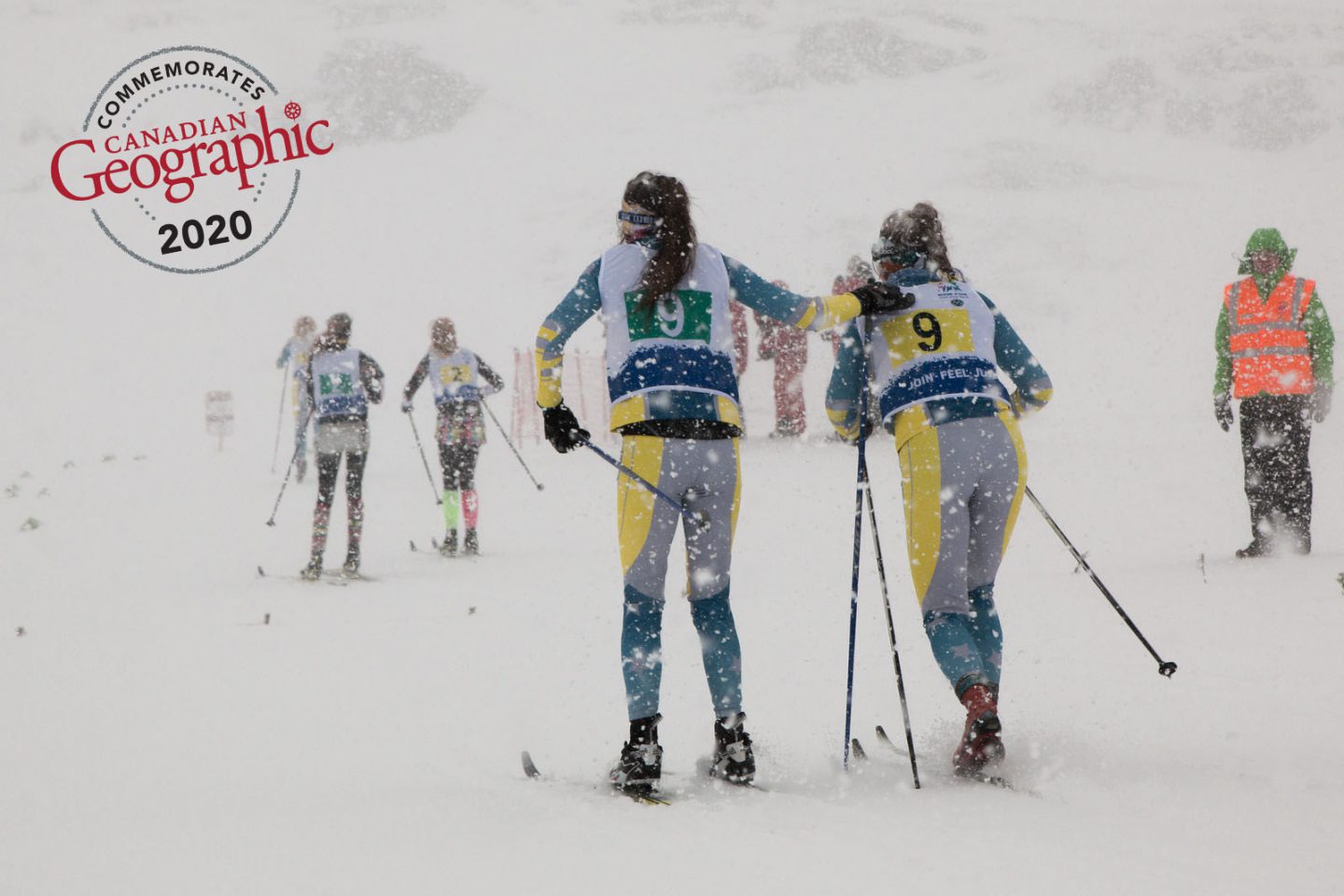
More than 500 athletes, trainers and officials launched the first Arctic Winter Games in Yellowknife in 1970 — but the event will have to skip its 50th anniversary due to the COVID-19 pandemic.
The biennial games were designed to provide athletes from the North with opportunities for training and competition. Athletes for the first games came from the Yukon, Northwest Territories and Alaska. Athletes are now included from more places across the Arctic Circle, including other Canadian provinces, Greenland and parts of Russia.
In 1967 Cal Miller, an advisor to the Yukon team at the first Canada Winter Games, was disappointed by the performance of the northern athletes. He noted that athletes from the south had greater access to training facilities, equipment and sponsors.
Miller, along with the commissioner and with the MP of the Northwest Territories, proposed a competition just for northern athletes, which took about two years to come together.
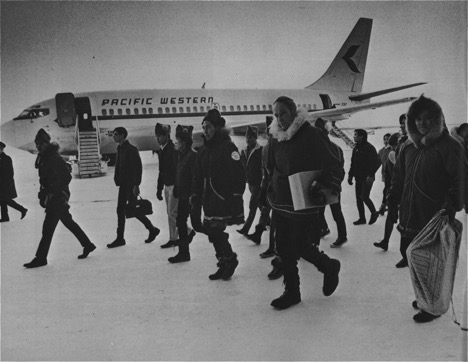
Sports included in the games differ from year to year and often include games unique to the North, like dog mushing, and traditional Inuit games such as the knuckle hop and one-foot high kick. Indigenous sports began as demonstration events but now hold official status.
Alpine skiing, badminton and snowboarding are also common features at the games.
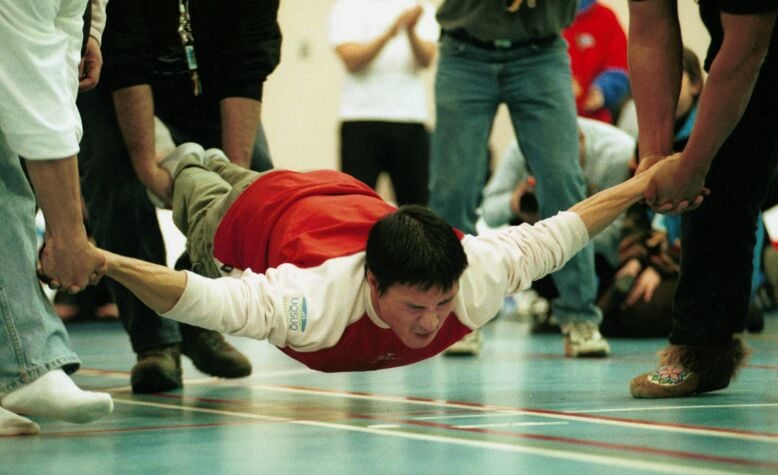
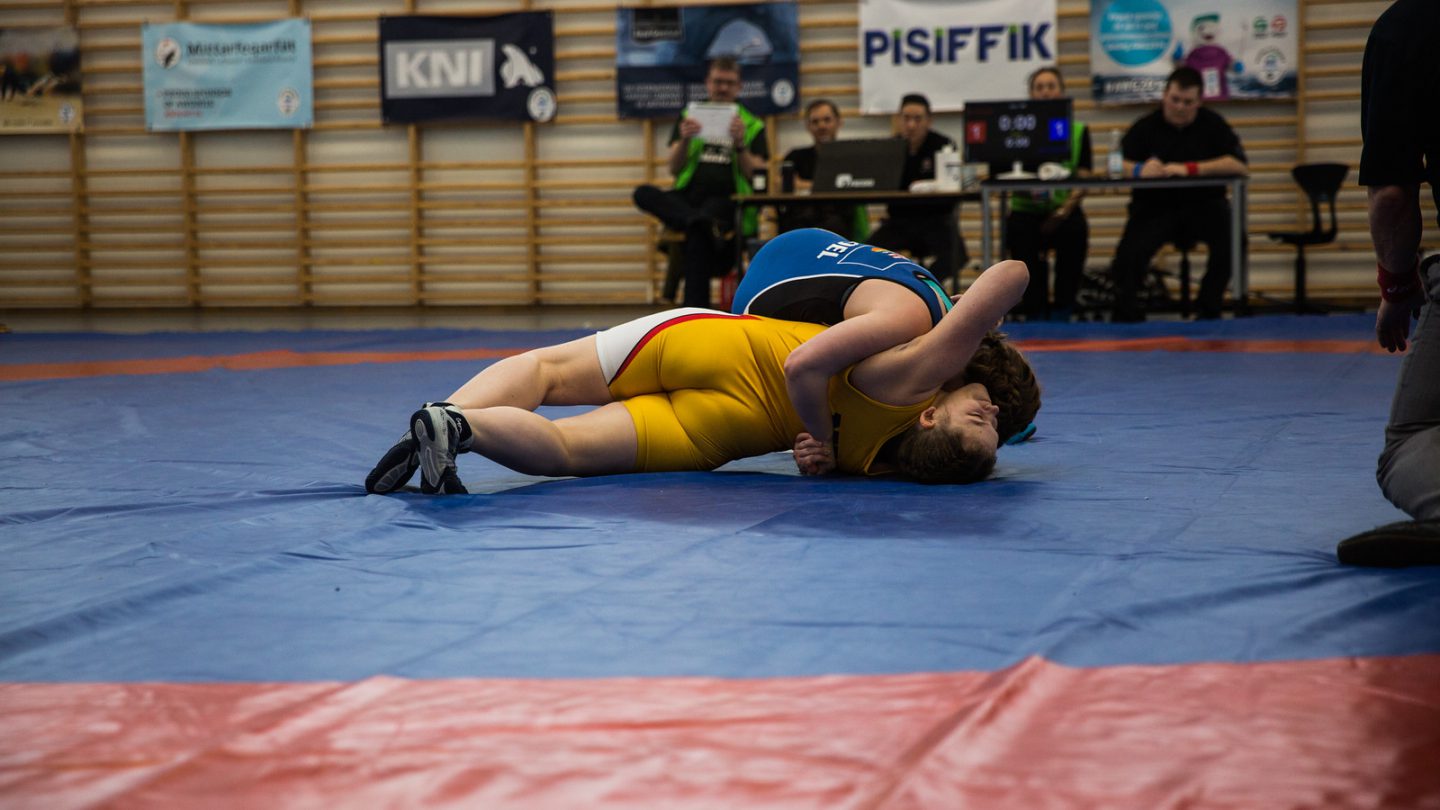
Along with the sports, a cultural program is offered during the games, with visual arts and crafts connected to the participating communities. A cultural gala ends the run of the games.
At each Arctic Winter Games, the Hodgson Trophy — a piece of Inuit art created from a narwhal tusk in 1978 — is awarded to a contingent whose athletes best represent fair play and team spirit. Each team member from the winning contingent receives a pin. Instead of being awarded the actual trophy to take home, the contingent and winning athletes receive a photo of the trophy.The trophy itself remains on display in Whitehorse, Yukon.
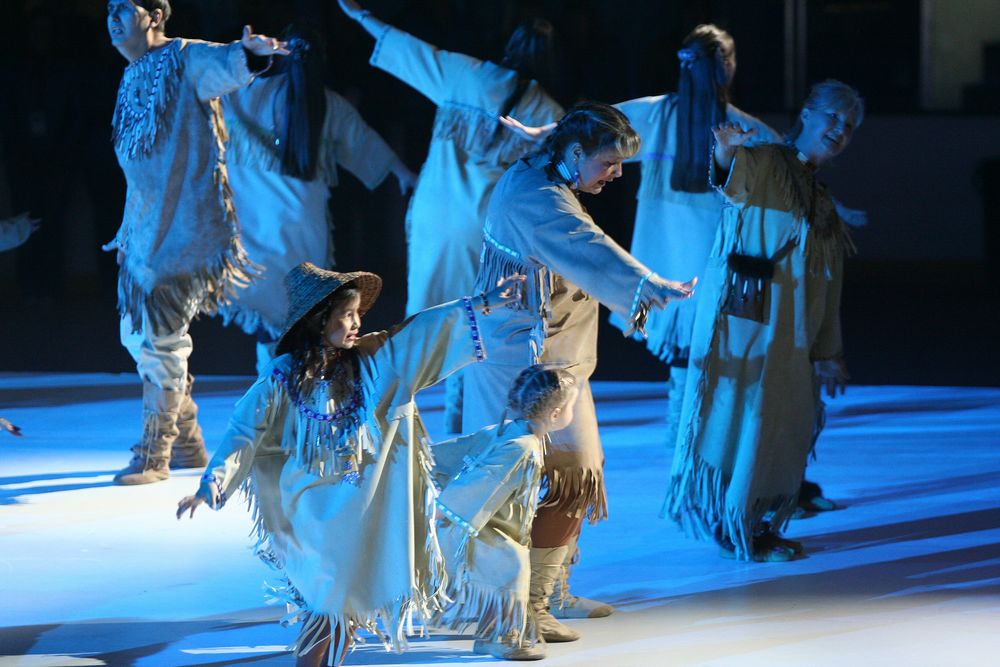
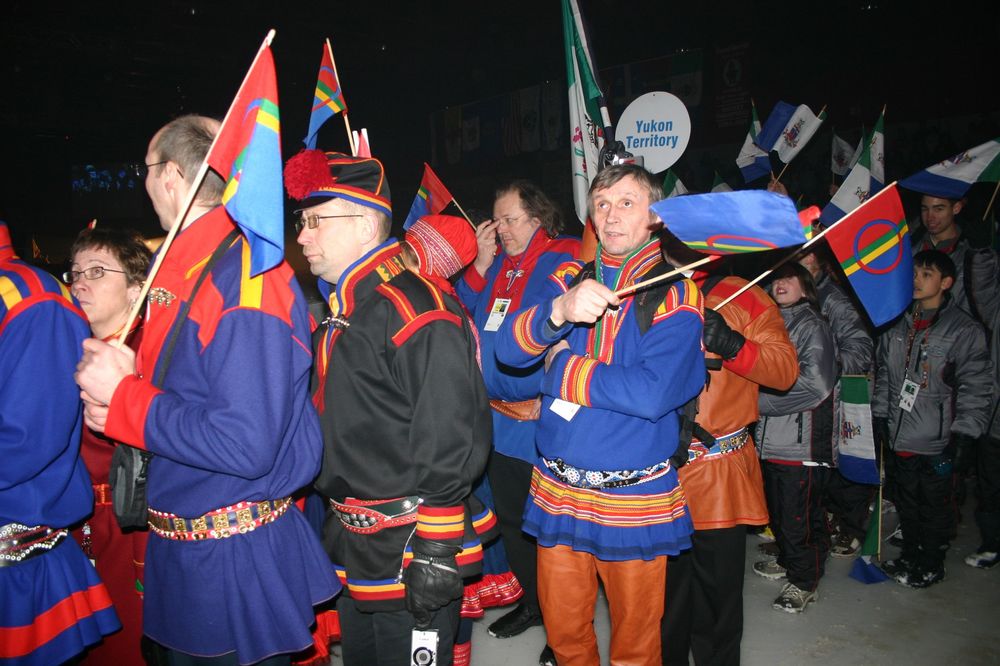
In 2020, the 50th anniversary Arctic Winter Games were set to be held in Whitehorse, but were cancelled due to the ongoing threat of COVID-19 just one week before the games were to begin. More than 2,000 volunteers were set to assist.
“The Arctic Winter Games has been an important part of developing athletes and communities across the North for 50 years,” says John Flynn, international committee president. “We are all looking forward to the next 50 and thank our partners for putting our Arctic Winter Games family’s safety first.”
The cancellation was recommended by Yukon’s acting Chief Medical Officer of Health, Catherine Elliott.
“In a setting like the Arctic Winter Games, even a suspected case would be devastating. It is with a heavy heart that I have had to make this recommendation. It is the responsible recommendation, and it is very unfortunate,” says Elliott.
The 2020 games will not be rescheduled. The 2022 games will be held in Wood Buffalo, Alta.
Watch this video from the Arctic Winter Games International Committee of the first games in 1970:
Are you passionate about Canadian geography?
You can support Canadian Geographic in 3 ways:

People & Culture
As the climate heats up, so do talks over land ownership in the Arctic. What does Canadian Arctic Sovereignty look like as the ice melts?
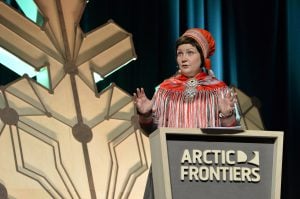
Environment
The uncertainty and change that's currently disrupting the region dominated the annual meeting's agenda

Environment
Warming trends continue due to human-caused climate change

Environment
The Royal Norwegian Embassy and the Royal Canadian Geographical Society teamed up for two days of talks on the future of the Arctic and the “blue economy” in Norway and Canada